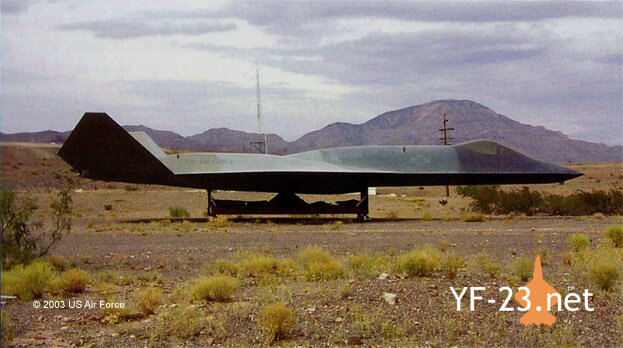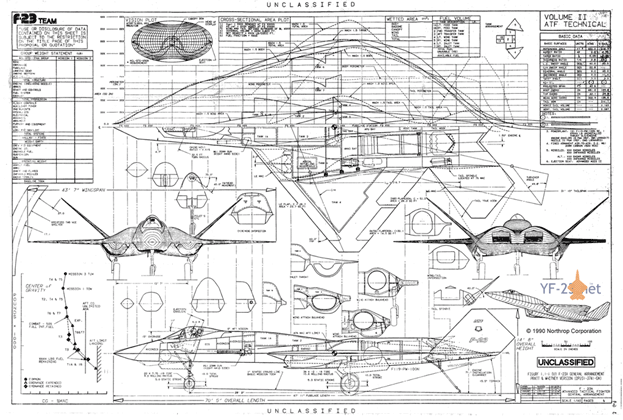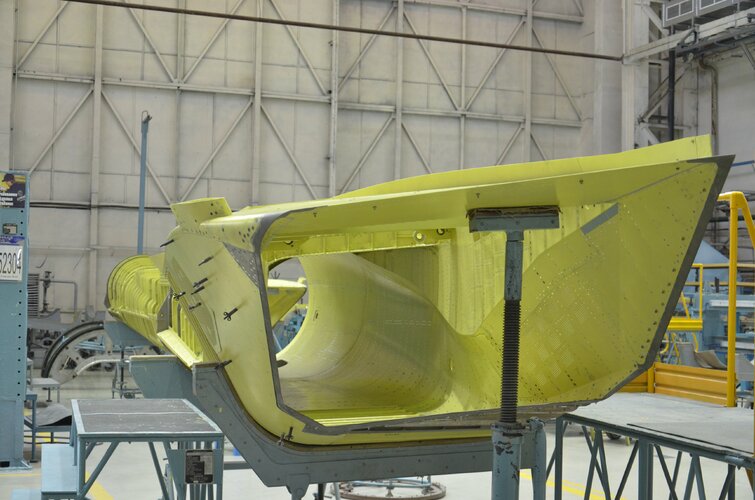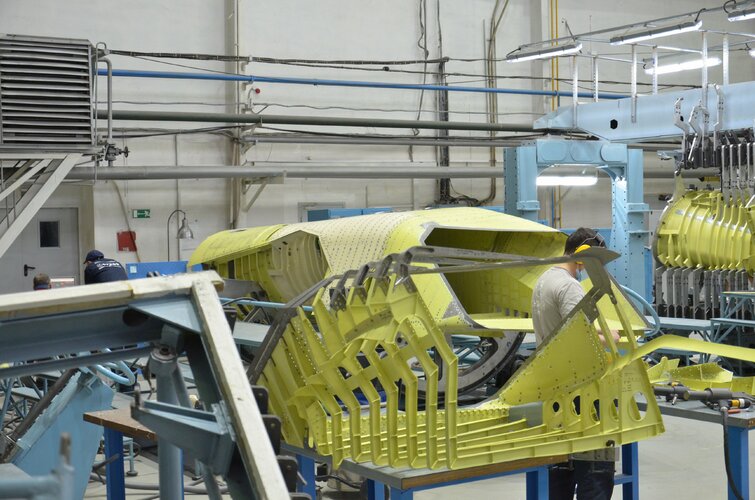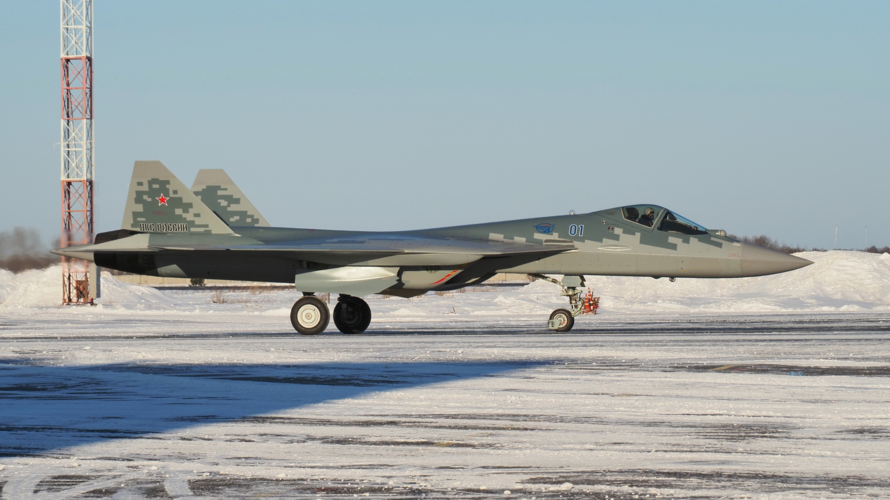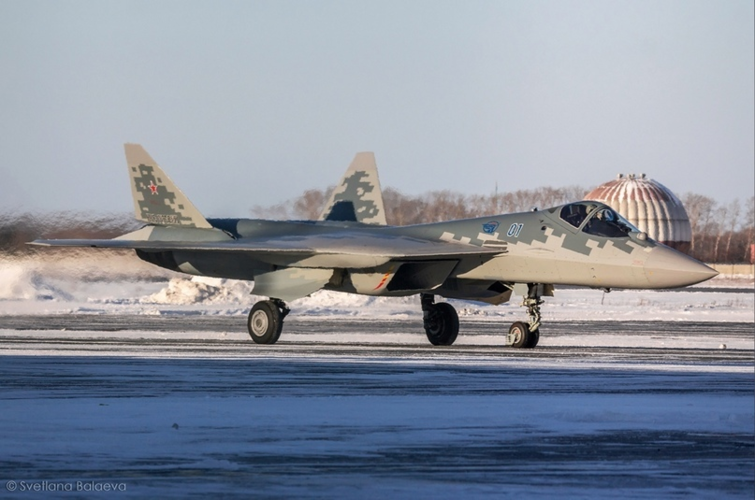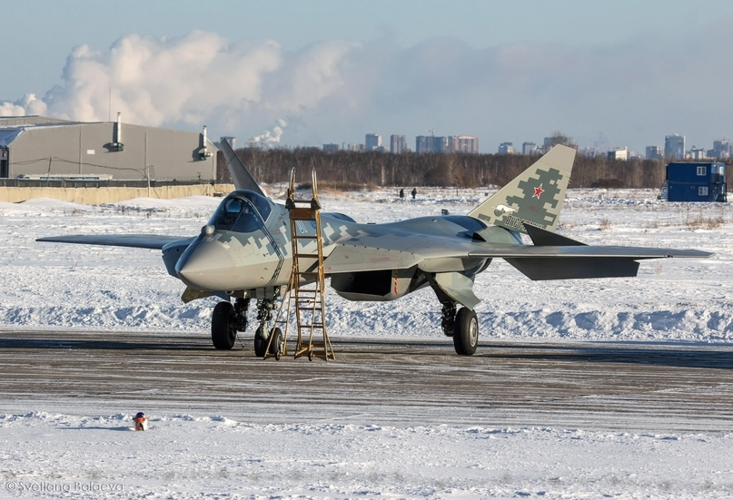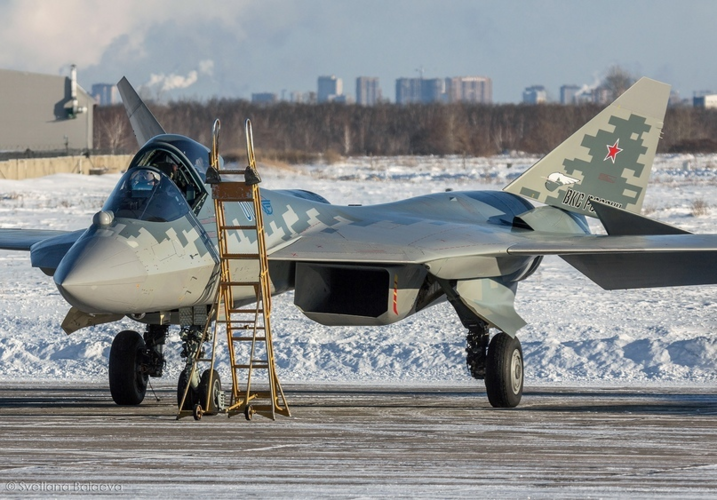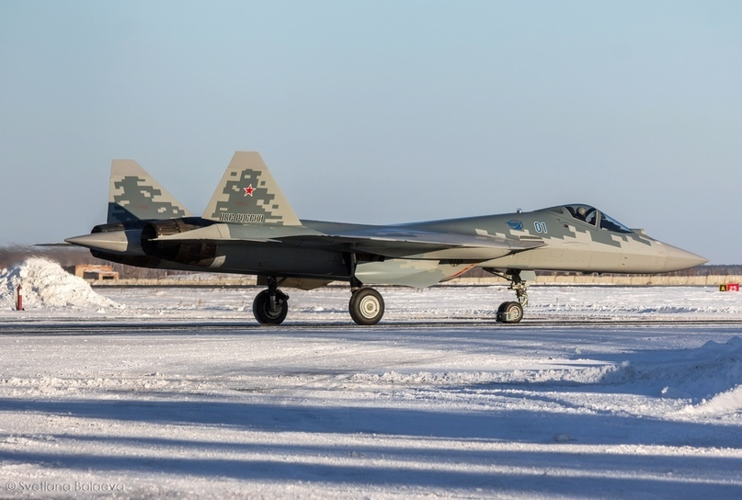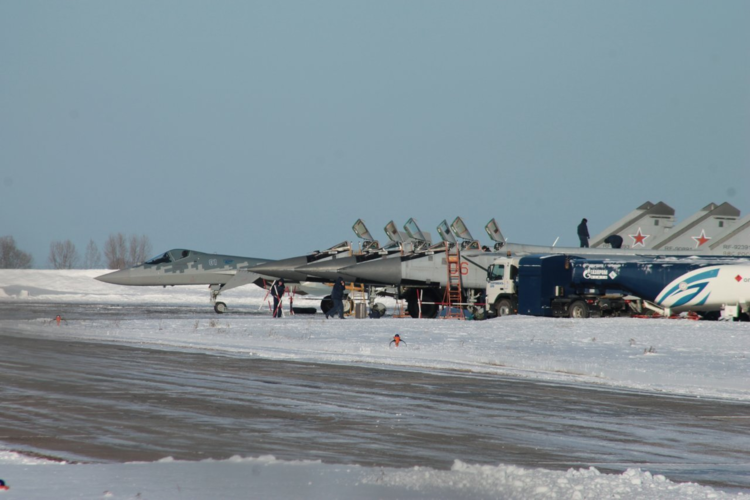The S-channel has never been the ideal solution for RCS reduction. This is the simplest solution. Engineers from Northrop and Boeing are not idiots and have relied on blockers. The level of RCS X-32 and YF-23 fully met the requirements of the military. The nonsense about the mandatory use of S-channels on stealth aircraft was invented by stupid and uneducated people.
S-channel is not the simplest solution, it is the most effective way to reduce radar signature in the inlet because the shape and length of an S-duct make radar wave bounce of the wall many times before they can coming out of the duct, the longer the duct and the more curvy it is, the more bounce you will have, and as a result, the bigger accumulated radar absorbing capability. A layer of RAM with modest absorbing capability of 5-15 dB can be accumulated to 60 dB even with a slight curved duct. ( 60 dB mean you reduce radar wave power by 1.000.000 times). But an S-channel is lot heavier than a blocker and it can take up valuable space for fuel and weapon bay
Secondly, when radar wave strike an edge, they will be diffracted, this diffraction effect can cause radar wave to scattered in many directions including straight back, the more edges there are, the more diffraction, an inlet blocker has a lot more edges than an S-duct because an S-duct only has the edge on the inlet lips
YF-23 use an S-duct and the F-23 mock up that was used in RCS measurement is F-23EMD which has an additional DSI
View attachment 645862
View attachment 645863










